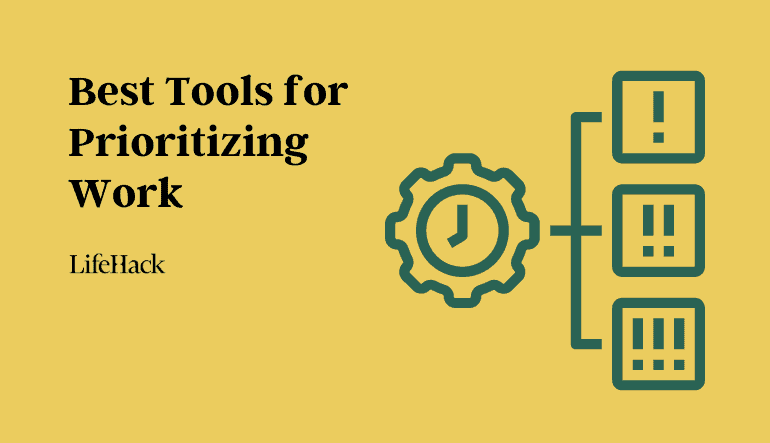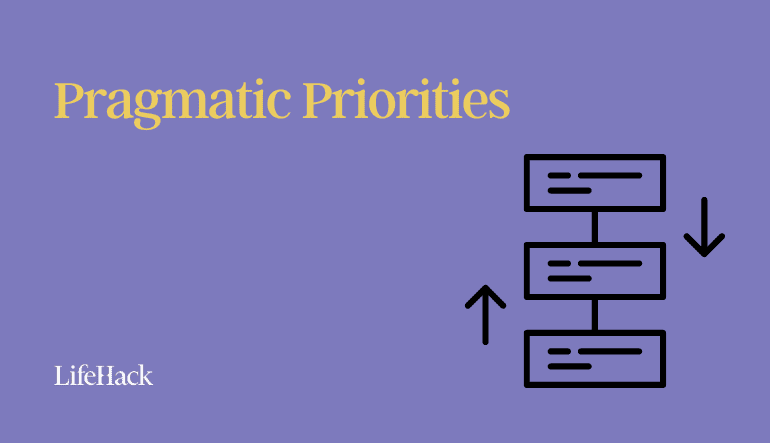Whether you already have a team, are planning to build one, or are already a part of one, understanding the realities of team-building will save you a lot of pain and heartache.
Making the decision to grow your team is a huge commitment. It’s a commitment not just in terms of the extra financial cost, but also in terms of changing the dynamics of how you work and how others who are already involved will operate, and in terms of the amount of time and dedication it takes to complete the on-boarding process.
The trouble is, experts tell us to “outsource” and that the power is in the team. We’re constantly told that we need to leverage our efforts. In these conditions it’s easy to get lulled into the idea of working only a few hours a week, governing everything via a few emails whilst sitting on a beach, playing on an iPad with satellite Wi-Fi…
If you’ve ever tried it, though, you’ll already know that the reality of building a team is quite different.
It’s a Tough Job, But Someone Has to Do It
Teams are everywhere—from the girl guides to the school committee, the board room, and even the solopreneur’s kitchen table. Team-building is essential for the successful execution of even the simplest ideas, but it’s also one of the toughest things you’ll ever do. If you’ve already found this in the past, it’s certainly not because you lack patience or dedication. If it’s been difficult, it certainly isn’t because you don’t care. In fact, I’d bet that the more you care, the more you take the tantrums and friction personally!
Developing a team is all about maintaining a careful balance between getting the task done, helping the individual team member grow, and helping the team function more effectively as a unit. Notice how only one of the three outcomes is about the task and goal! This is significant, because this is the opposite of conventional wisdom, which says to focus on the goal.
Assuming you’ve managed to get over the initial hurdle to decide you need to build a team, there are a number of things you need to understand if you’re going to do this as effectively and painlessly as possible.
After all, no matter how competent you are at what you do, and no matter how much experience you have in dealing with people, building a team has an infinite number of variables because no two team members are ever alike. Compound this by the number of team members, and no two teams are ever going to be alike…
…Which Makes for Exciting, If Not Challenging, People Alchemy
The odds are things are going to go wrong.
People are going to let you down. Some will surprise you, in good ways and bad, and there are going to be times when you feel thoroughly frustrated. Take this as a given, and when it happens you’ll at least be able to relax knowing that it’s to be expected and it’s not a failing on your part (unless you’ve been a total jerk, of course!).
The good news is that there are some simple guidelines you can follow to make sure you recruit and build in such a way as to stack the odds of success in your favour, whilst simultaneously minimising the frustration factor and building your team into a self-sufficient, self-sustaining productivity hub.
The Four-Step Process to a Productive Team
Step 1: Arguably the foundation of effective team-building, Step 1 is about finding good people.
How do you define “good”? Well, you’re looking for people who are enthusiastic and want to contribute. You’re looking for team players and people who can get on well with others, and you’re also looking for people whose skills and natural aptitudes contribute in the way you need for the task you need to accomplish.
Recruiting good people is essential, because bringing on people who aren’t naturally a fit is risky if you think you’re going to change them. I remember reading about an advert once for a diner. It said something like, “We don’t train our staff to smile, we just recruit happy people”. If you can do this for the talents you need on your team, you’ve won half the battle.
Step 2: Coupled with Step 1 is putting these good people into roles that suit their natural talents and abilities.
As we’ve said, trying to change people is the road to pain and frustration—for you as the team leader, and for the team member. However, when folks can spend their time doing what they’re naturally good at, they will achieve way beyond your expectations.
I have a chap on my team who’s a natural artist. Sure, he studied engineering at university, but whenever there’s anything creative or graphic-oriented, he’ll get the task, and love it. The work he turns out is a delight to behold. Not only that but he LOVES his job, and is dedicated to the company because he gets paid for doing things that he would do in his free time anyway.
Give people the best chance to excel and you’ll create an upwards spiral.
Step 3: Training and encouragement are essential—especially on long-term projects.
Training helps individuals to constantly evolve, and if you’ve recruited bright, intelligent people then this is one of their most basic desires: to evolve, learn and grow. Feed that need and not only will you end up with a happy team, but you’ll have a group of individuals whose skills are always increasing, too.
Encouragement is important, even with the most jaded and cynical adults! People ALWAYS say they don’t need external praise, and that they don’t care what others think, but this simply isn’t true. In an experiment by Ariely et al (2008, Man’s search for meaning: The case of Legos) experimenters tested participants’ motivation to work under different conditions. The participants were given question sheets to complete, and each time they completed one, they brought it to the front of the classroom, handed it in and were given another one if they wanted. They were paid per question sheet they completed.
Each participant was randomly assigned to one of three conditions: acknowledge, ignored, shredded. When they handed their paper in each time, those in the acknowledged condition had their answer sheet glanced over by the experimenter before it was put on a pile of completed sheets, and they were given another one. Those in the ignored condition had their sheet put straight onto the completed assignments pile. Those in the shredded condition had their question sheet shredded immediately, in front of them, also without the answers ever being looked at.
Now, obvious those who had their work acknowledged completed more question sheets than the other conditions. However, what the experiments found was “the act of shredding the sheets without even looking at them is such blatant, unnatural violence toward the product of subjects’ labour that one might expect the subjects to respond much more to it than to the treatment in the Ignored condition, yet the difference between those two conditions is minor while the effect of being acknowledged is strikingly high.”
The willingness to continue doing more problem sheets was taken as an indicator of how motivated the person felt. The condition where the experimenter just glanced at the answers and said “uh huh”, acknowledging the work before placing it on the stack, elicited more than double the activity from participants!
Acknowledge and encourage and you’ll build a highly motivated, highly engaged team very quickly. I thoroughly recommend checking out Dan Ariely’s TED talk about work and motivation.
Step 4: Review. In the early days of the team, it’s important to give people feedback to help them figure out what’s expected. Leaving it six months is too long, as that gives too much time without structure and allows problems to develop. It depends on the tasks in hand, but you should review and feed back more frequently in the beginning, then less frequently once everything’s up and running.
I’ve actually started using a two-way review process where my team also review my behaviours and tell me what I do that makes them more or less productive. This is incredibly powerful, encouraging greater openness of communication and very good working relationships.
Building a team isn’t necessarily about leading the way. Remember, only one of the three objectives is focused on the external tasks. If you’re naturally a “let’s get it done quickly” kind of person, then you may need to acknowledge the other two objects of team development and individual growth to alleviate the frustration. Following the four steps outlined above will certainly stack the odds in your favour. If this is new to you, it’s worth keeping this somewhere you can refer to it often, as it’s easy to forget the non-pressing, but highly important elements when you’re in the throes of meetings and “getting stuff done”. What’s more, if you stick to these four steps, you’ll massively increase the amount of time you have available to you, as your team will be taking on more and more responsibility as they develop.
Over To You: Your Concerns About Building A Team?
Building a team is a big responsibility, and it’s likely you still have questions and concerns. Maybe we can help you think your way around them.
What are your biggest worries about building a team? Share them in the comments below.












































